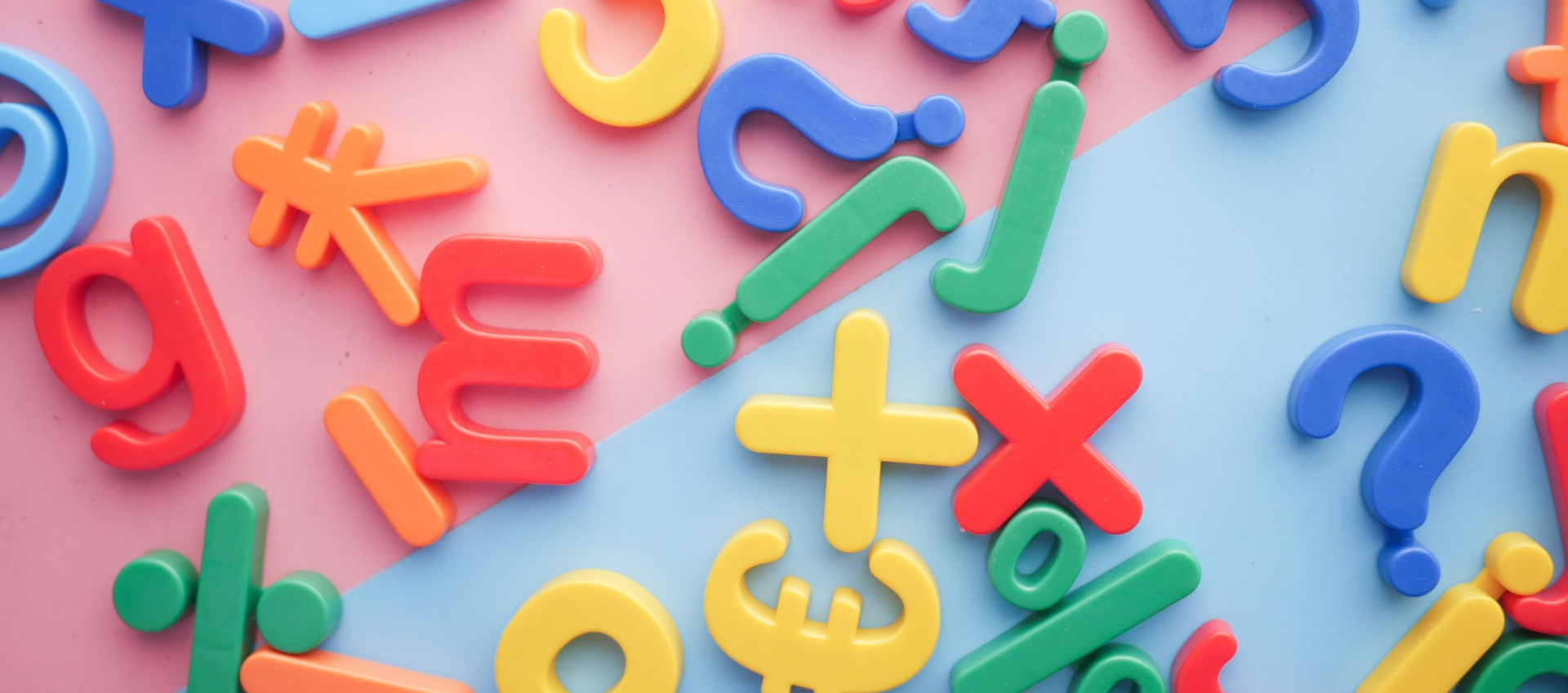How SHL Incorporates Gender Inclusive Language in Our Products
Using gender-inclusive language to foster an inclusive environment for all gender identities through our localized products.
Share
SHL is committed to promoting diversity and inclusion in the workplace, and this extends to the language used within our products. The adoption of gender-inclusive language is an important part of this journey, as we do not want our content to perpetuate gender stereotypes, or promote a uniquely gender-binary viewpoint. Users of our products should feel represented by the language we use, irrespective of their gender identity. Our global language footprint makes this a complex goal since each language has a different grammatical approach to gender inclusivity. However, with a little creativity and an open mind, we are making progress.
There has always been a practical requirement for SHL’s products to be gender-neutral because we need a way of referring to people and describing their behavior when we do not know their gender identity. In English, this is simple enough, because 'they' is now widely recognized as a neutral pronoun that can be used to refer to individuals as well as groups, replacing forms such as he/she or (s)he which are clunky and promote gender binarism. The inclusive pronouns they/them/their are already used in much of our content and will be used in all new products.
However, gender-inclusive language is more complex in some other languages than it is in English. There are three linguistic classifications of languages based on how they use gender:
Genderless languages like Finnish, Turkish, and Estonian do not have gendered pronouns.
Natural gender languages like English, Danish, and Norwegian where the gender of individuals is referred to, but objects e.g. table, book, computer, do not have a grammatical gender.
Gendered languages like French, Arabic, and Hindi where a noun can have both a biological and grammatical gender. In gendered languages, the definite articles and adjectives accompanying each noun need to agree with its grammatical gender. For example, in French le livre est vert (the book is green), but la table est verte (the table is green). In the first example, the book is masculine so the masculine forms of the (le) and green (vert) are used, whilst in the second example, the table is feminine and so the feminine forms of the (la) and green (verte) need to be used.
The majority of languages that SHL releases products in fall into the gendered languages category. These languages have previously been considered as nearly impossible to make gender-inclusive due to the pervasiveness of grammatical gender across all parts of speech. However, recently there has been a shift in mindset and many linguists are beginning to find creative solutions to incorporating gender inclusivity into gendered languages.
Many of SHL’s translators are specialists in gender-inclusive language, and we have been working closely with them and stakeholders from our global Professional Services teams and distributors to put together language-specific guidelines for translating our content as inclusively as each grammar system will allow. The aim of these guidelines is to ensure a consistent approach to handling gender-inclusive language, based on linguistic best practices.
So, how exactly can you make gendered languages more inclusive? Read on for some of the workarounds that will be implemented in all our new content!
Out with the pronouns
One surprising advantage of the focus on inclusive language has been the way it has encouraged translators to be more creative with our content, focusing on communicating the same meaning without necessarily mirroring the structure and grammar of English. Since English has a neutral pronoun, it is common to use this more liberally than is really needed and it is often possible to remove pronouns from our translated content.
In Spanish, for example, it is often not essential to have a pronoun where we would in English because the verb already indicates that it is referring to someone in the third person. So, the English sentence they demonstrate competitive behavior can be translated without using they/he/she, resulting in muestra un comportamiento competitivo, (demonstrates competitive behavior) rather than él/ ella muestra un comportamiento competitive (he/she demonstrates competitive behavior). Even in languages with a similar syntax to English, it is often possible to restructure content to remove a pronoun. For the Job-Focused Assessment item, if we asked your last manager how well you can listen, what would they say? can be rephrased to if we asked your last manager how well you can listen, what would the response be?. This avoids the need to use a formulation such as what would his/her response be. The same approach can be taken for possessive pronouns, which are used frequently in our content but can often be replaced with a definite article; the response or the ability to do xyz rather than his/her response or his/her ability.
One surprising advantage of the focus on inclusive language has been the way it has encouraged translators to be more creative with our content.
Genderless job titles
One big challenge to inclusive language is job titles, as these usually need to agree grammatically with the gender of the person holding that job position. This extends to English – think actor/actress, but the majority of business titles that might appear in our content such as manager, director, and consultant, are neutral. In highly gendered languages, however, almost all job titles are gendered words. One workaround for this is to use the name of the job rather than the job title, for example, consultoría (consulting) in Spanish rather than Consultor(a) (Consultant) which requires masculine and feminine agreements.
It is also becoming increasingly popular to substitute a problematic gendered word with an English term as foreign borrowings are always free from grammatical gender. This technique is particularly common for job titles within the global business, but tolerance to this approach does vary significantly across languages.
Embracing new symbols
No matter how creative our linguists are, there will still be instances in some languages where it is not possible to remove gender, particularly in highly gendered languages where nouns need to grammatically agree with the gender of the person they are referring to. Traditional approaches to this have been to use the male agreement when gender is unknown as this is considered to be the neutral form or to provide both agreements separated by a slash or brackets. However, some languages are beginning to use more distinctive punctuation to signify a commitment to inclusivity. German uses the gender star, so participant is translated as Teilnehmer*in rather than Teilnehmer(in), whilst Canadian French uses an interpunct, resulting in participant∙e rather than participant(e).
These forms are considered by many to be clearer to read, but above all, they are a statement of a commitment towards inclusive language. These are just some of the ways we are working to incorporate gender-inclusive language into our products and they will continue to evolve as the grammatical rules for different languages flex to embrace inclusivity.
If you would like to find out more about gender-inclusive language in SHL’s products or share your thoughts and ideas for furthering SHL’s commitment and ability to use language that promotes diversity and inclusion, please reach out to the Localization team at localisationsupport@shl.com.










